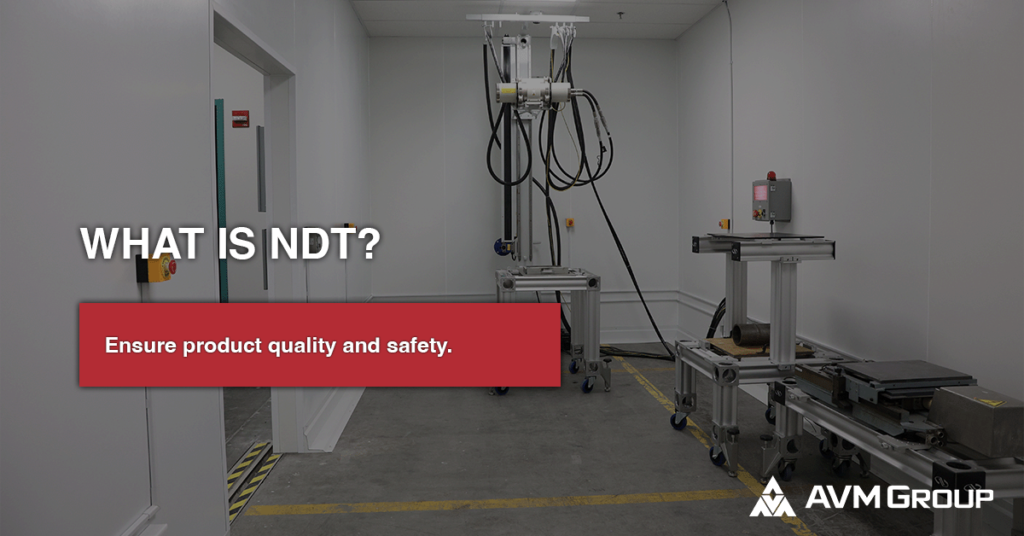*This post is part of a much larger pillar blog: The Ultimate Radiation Shielding Guide
Table of Contents
ToggleIntroduction
Non-destructive testing (NDT) is one of the most popular ways to ensure a consistent level of quality control during the manufacturing process due to its ability to go beyond the surface of the product, and detect imperfections we wouldn’t normally find.
Its primary purpose is to act as a line of defense, preventing vital components (railroad ties, airplane parts, etc) from failing and causing serious injury to the public.
The world of NDT is huge and can be very intimidating if you’re new to the industry. That’s why in this blog post we’ll be discussing the different methods of NDT, and help you decide which method is right for you.
Hopefully, you’ll be able to use information in this post to choose the right testing vendor for your quality-control checks.
The History of NDT
Before we can begin discussing modern-day NDT techniques, let’s have a look at where it all began.
The history of non-destructive testing (NDT) dates back to the early 1800s, when the British Royal Navy began using basic acoustic techniques to locate defects in wooden ship hulls.
As technology progressed, various techniques were developed for testing materials, such as magnetic particle testing and radiography.
The use of NDT expanded significantly during World War II, as military aircraft became more advanced and required thorough inspection to ensure their safety.
After the war, NDT techniques were adopted by various industries, such as aerospace, nuclear, and automotive, to ensure the safety and reliability of their materials and structures.
Now that we’ve covered its history, we’ll talk about how NDT continues to play a crucial role in various industries, allowing for materials to be tested without causing damage and ensuring the safety and quality of structures and materials.
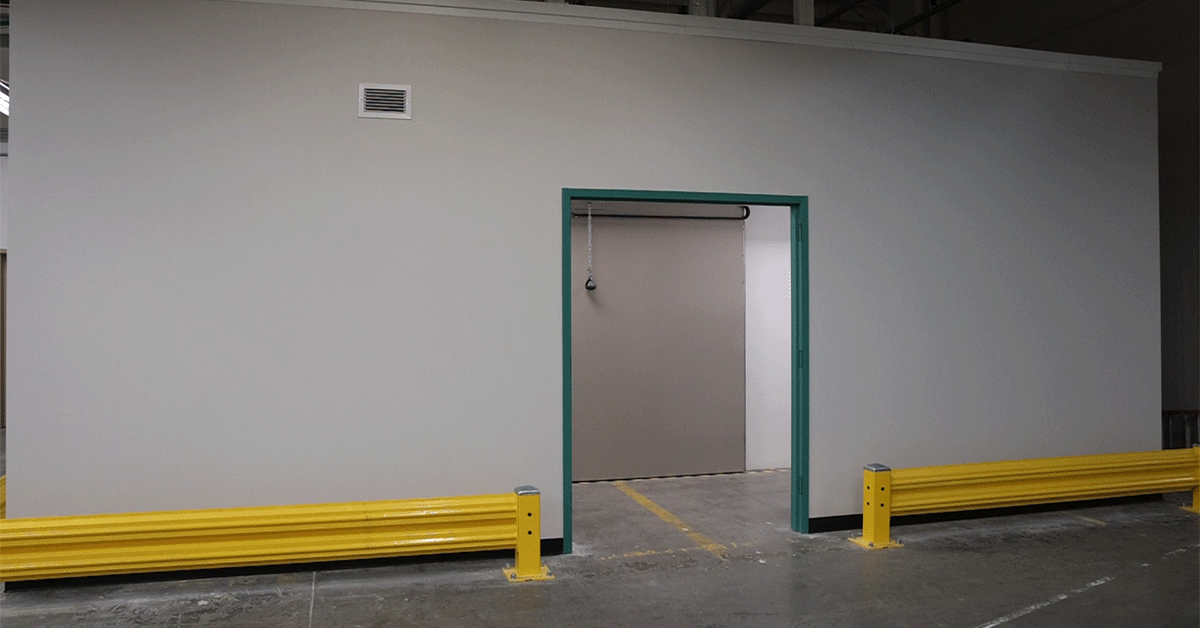
The Different Methods of Modern NDT
It’s time to talk about the latest and greatest in NDT.
This includes, but is not limited to, ultrasonic testing (UT), radiographic testing (RT), magnetic particle testing (MPT), liquid penetrant testing (LPT), eddy current testing (ECT), acoustic emission testing (AET), visual testing (VT) and infrared testing (IRT).
In the coming paragraphs, we’ll explore each method so you can get an idea of what they entail.
Ultrasonic Testing (UT)
Ultrasonic testing is a technique that uses high-frequency sound waves to test materials.
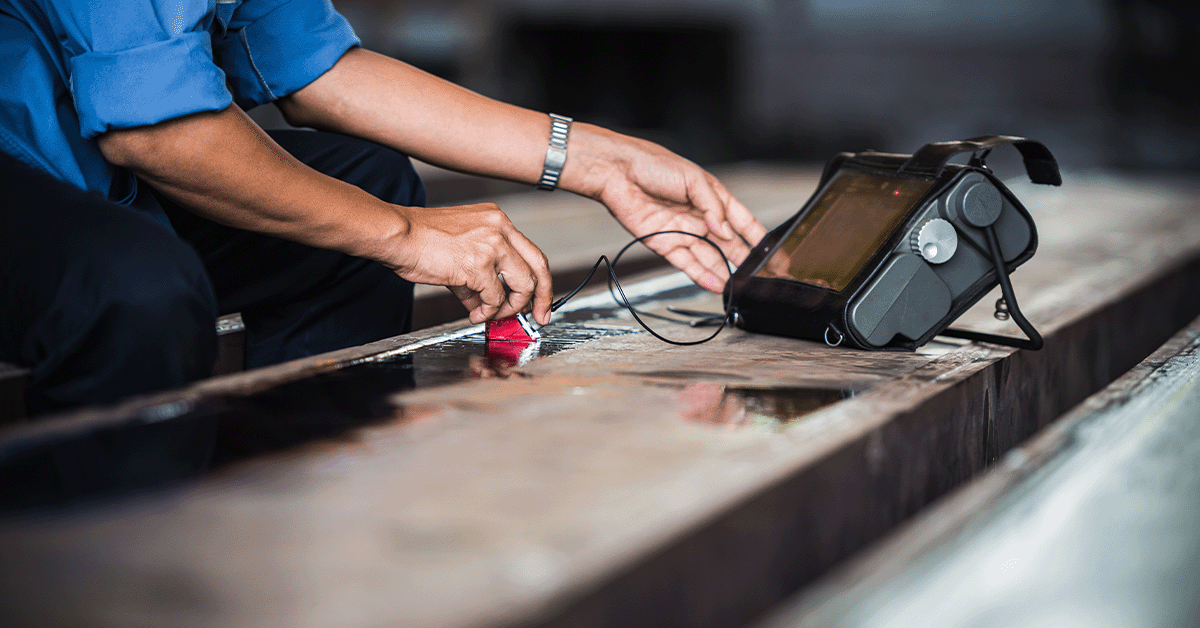
The sound waves are sent into the material, and as they travel through the material, they are reflected back to a sensor.
The sensor then creates an image of the material, allowing for defects or anomalies to be identified.
Radiographic Testing (RT)
Radiographic testing is a technique that uses X-rays or gamma rays to test materials.
There’s a lot of techniques that exist, but the two main ways to conduct RT for NDT, digital imaging and film. When talking about digital imaging, the material being tested is placed between a source of radiation and a sensor, and the radiation passes through the material and onto the sensor.
GET THE LATEST INDUSTRY NEWS DELIVERED TO YOUR INBOX
Stay on the forefront of the shielding industry with our weekly e-newsletter.
The sensor then creates an image of the material, allowing for defects or anomalies to be identified. On the other hand, using film for radiographic testing involves placing a piece of film behind the object instead of a sensor.
Film is a popular medium for RT NDT because it produces high-quality images with excellent resolution and contrast. It also provides a permanent record that can be stored and reviewed at any time.
However, digital radiography is becoming increasingly popular as it offers several advantages over film, including faster processing times, the ability to view and manipulate images electronically, and it being cheaper than film.
Companies that perform radiographic testing require radiation shielding, which is our specialty.
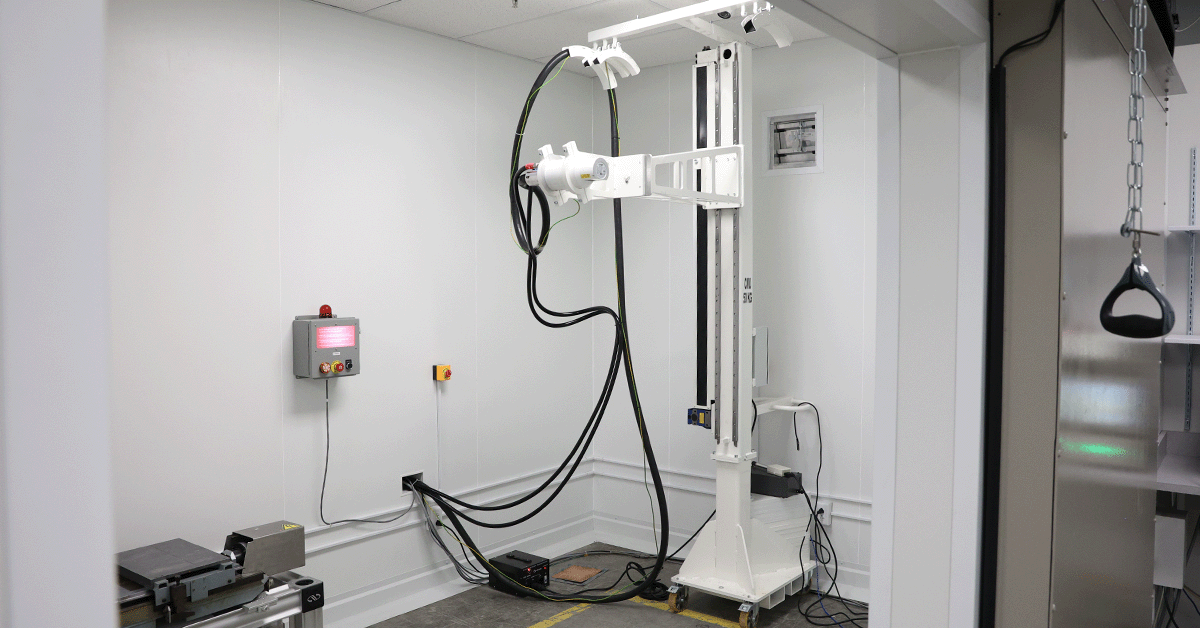
Magnetic Particle Testing (MPT)
Magnetic particle testing is a technique that uses magnetic fields to identify defects or anomalies in materials.
The material being tested is magnetized, and any defects or anomalies will cause a disruption in the magnetic field. The disruption can then be identified by a technician.
Liquid Penetrant Testing (LPT)
Liquid penetrant testing is a technique that uses a liquid dye to identify defects or anomalies in materials.
The dye is applied to the material being tested, and after a certain amount of time, the dye is removed.
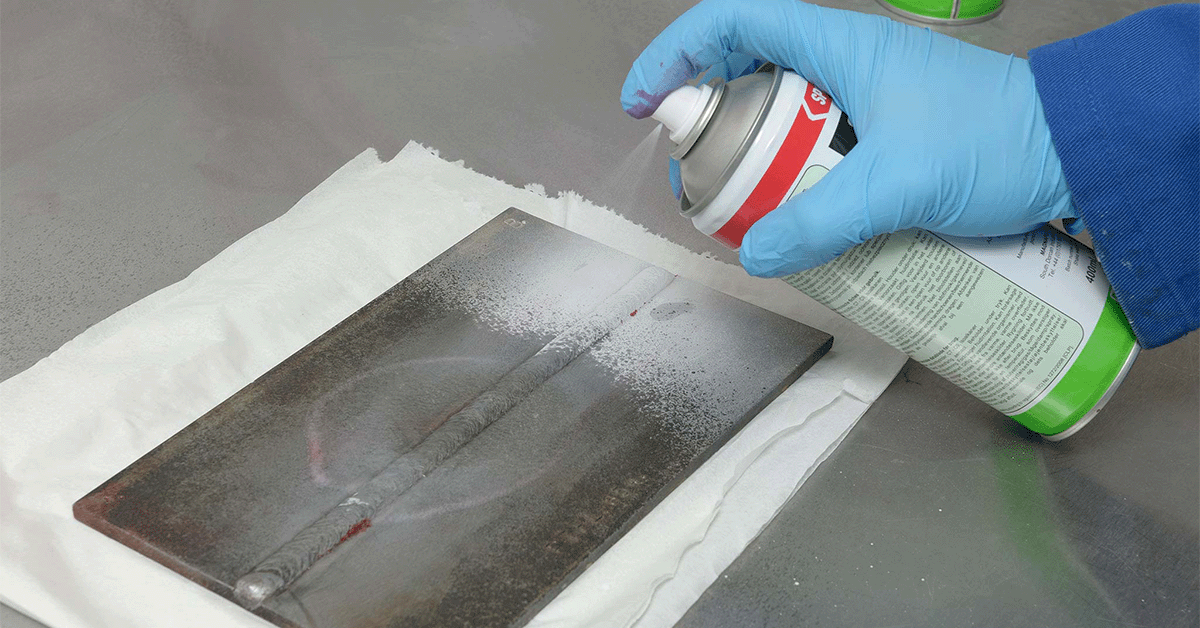
Any defects or anomalies will be visible on the material, as they will have absorbed the dye.
Eddy Current Testing (ECT)
Eddy current testing is a technique that uses electromagnetic induction to identify defects or anomalies in materials.
A coil is used to create a magnetic field, and any defects or anomalies will cause a disruption in the magnetic field. The disruption can then be identified by a technician.
Acoustic Emission Testing (AET)
Acoustic emission testing is a technique that uses high-frequency sound waves to identify defects or anomalies in materials.
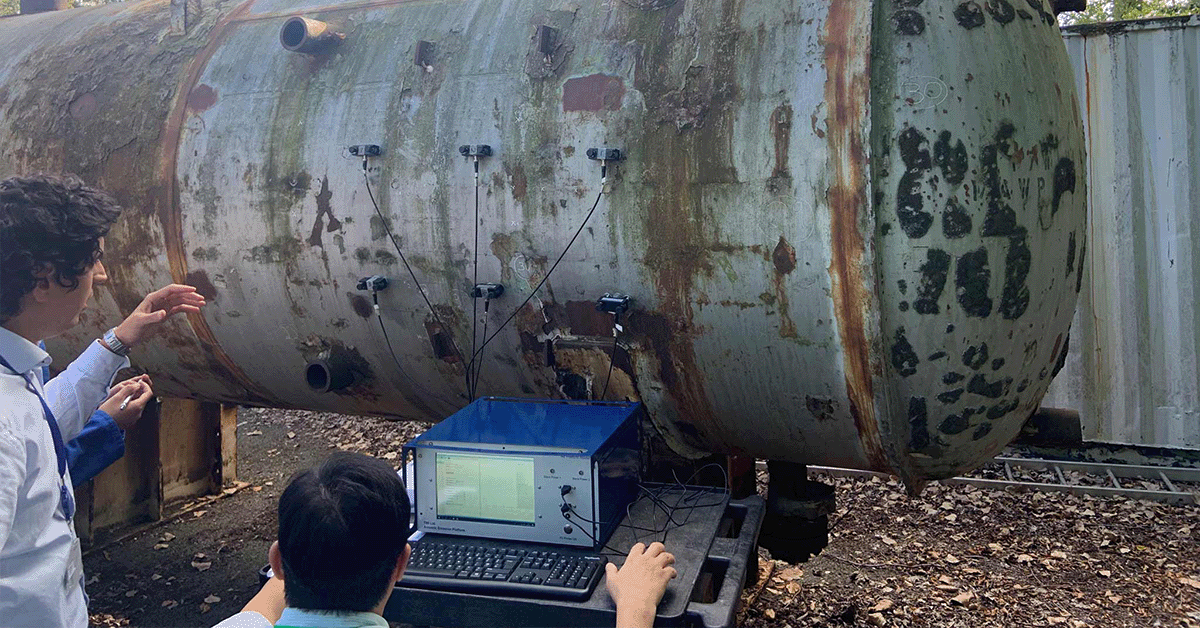
The sound waves are created by the material being tested, and any defects or anomalies will cause a disruption in the sound waves. The disruption can then be identified by a technician.
Visual Testing (VT)
Visual testing is a technique that uses the naked eye to identify defects or anomalies in materials.
The material being tested is inspected by a technician, who looks for any defects or anomalies that are visible to the naked eye.
Infrared Testing (IRT)
Infrared testing is a technique that uses thermal imaging to identify defects or anomalies in materials.
The material being tested is scanned using an infrared camera, which detects differences in temperature.
Any anomalies in the material will cause a change in temperature, which can then be identified by a technician.
Conclusion
Non-destructive testing is a crucial aspect of ensuring the safety and quality of materials and structures used in various industries.
The different techniques of NDT allow for materials to be tested without causing damage, and each technique has its own advantagesand limitations.
Understanding how NDT works and the different techniques available can help industries ensure the safety and quality of theirmaterials and structures.
Hopefully this blog helped you decipher which NDT solution is right for your business.
Questions about using radiographic testing (RT) for NDT? Contact us.

